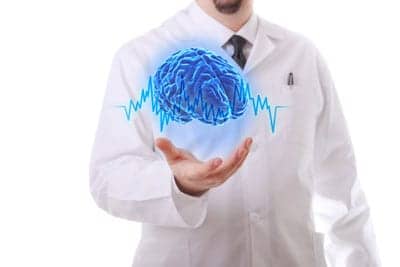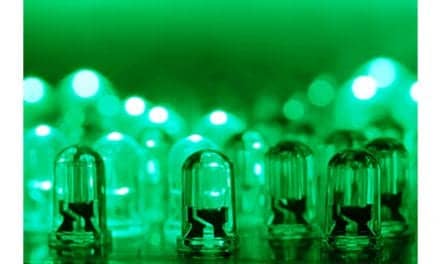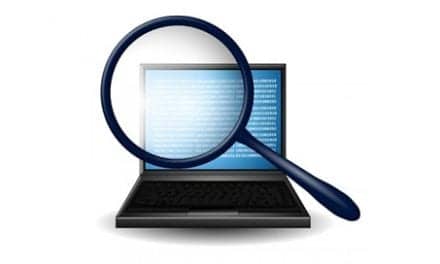In an effort to assist stroke patients in improving arm movement, researchers at The Ohio State University Wexner Medical Center are stimulating the brain using a device known as a Transcranial Magnetic Stimulator (TMS).
Watch a video of the device in action
Marcia Bockbrader, MD, PhD, assistant professor of Physical Medicine and Rehabilitation at Ohio State and principal investigator, explains that once one side of the brain is damaged by a stroke, the healthy side tends to generate much more activity to compensate, however that may in turn prevent the injured side from recovering.
TMS is designed to reduce brain activity on the side that was uninjured by the stroke, thereby providing the injured side an improved opportunity to recover. The release reports that Ohio State is one of 12 rehabilitation sites nationwide that are participating in the multicenter clinical trial that will enroll up to 200 patients during the next 2 years.
Nexstim has reportedly launched the double-blinded, randomized, sham-controlled trial to pinpoint the therapeutic effects of navigated rTMS (repetitive transcranial magnetic stimulation) for stroke rehabilitation. The stroke therapy is designed to blend occupational therapy with navigated repetitive transcranial magnetic stimulation (n-rTMS), the release states.
Bockbrader characterizes Nexstim as a way to “specifically stimulate a brain area of interest. In our study, we are stimulating the motor areas that are sometimes injured in a stroke. This device targets the overactive side, quieting it down enough, so that through therapies, the injured side can learn to express itself again.”
In order to qualify for the study, the release says, participants must have had sustained a stroke at least 3 months ago, but no more than 12 months ago and continue to experience weakness in the arm and hand on one side. All participants will also receive 6 weeks of hand and arm therapy free of charge. An occupational therapist will focus on improving movement, flexibility, strength, and use of the weak arm and hand. The study is slated to last up to 8 months and will encompass up to 29 visits.
According to the release, researchers are using stereotactic MRI-guided repetitive transcranial magnetic stimulation (rTMS) to non-invasively modulate precise areas of the motor cortex. The system’s targeting tool is built to allow therapists to accurately locate the patient’s exact stimulation target using technology similar to mapping the Earth with a GPS.
Stephen Page, PhD, MS, MOT, OTR/L, FAHA, FACRM, co-investigator, associate professor of Health and Rehabilitation Sciences at Ohio State, notes that the n-rTMS is used to stimulate the patient´s non-injured brain hemisphere at a low frequency. In turn, this gives way to a down-regulation of the excitability of the healthy side and restoration of the balance between the lesioned and healthy sides, allowing the lesioned side to regain function. The addition of navigation to TMS is key to pinpointing the exact location and orientation of the motor area that should be inhibited by stimulation, the release states.
Lise Worthen-Chaudhari, PhD, assistant professor, Physical Medicine and Rehabilitation at Ohio State, adds that the stimulation is then accurately repeated in every session, ensuring the dose is applied to the correct place.
“What we’re doing is allowing the brain to be ready and more receptive for therapies. It’s not a technology that’s limited to just motor recovery after stroke, it seems to be something that has a potential to affect many of the brain circuits that are injured in stroke,” Bockbrader says.
Source: Ohio State University Wexner Medical Center





